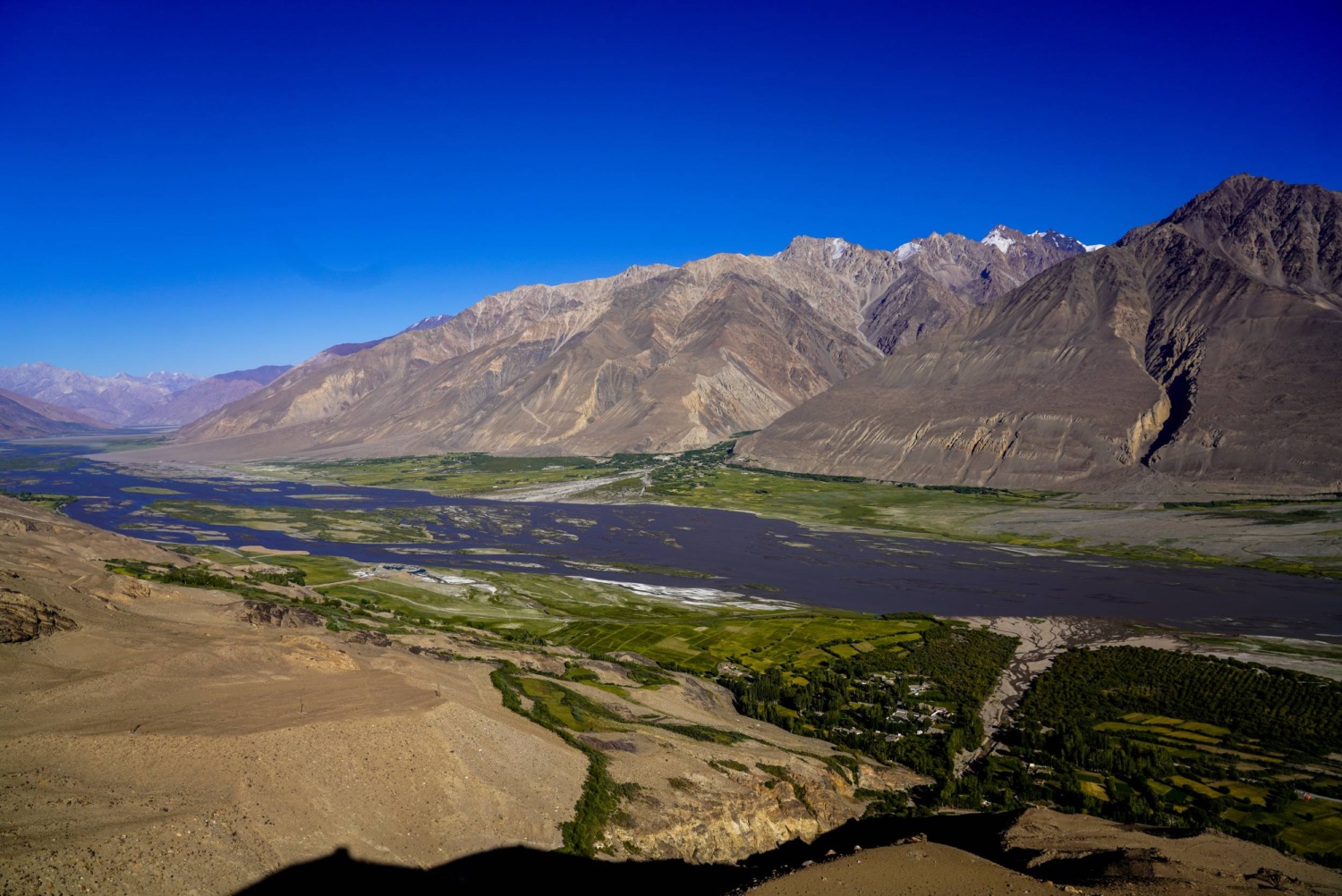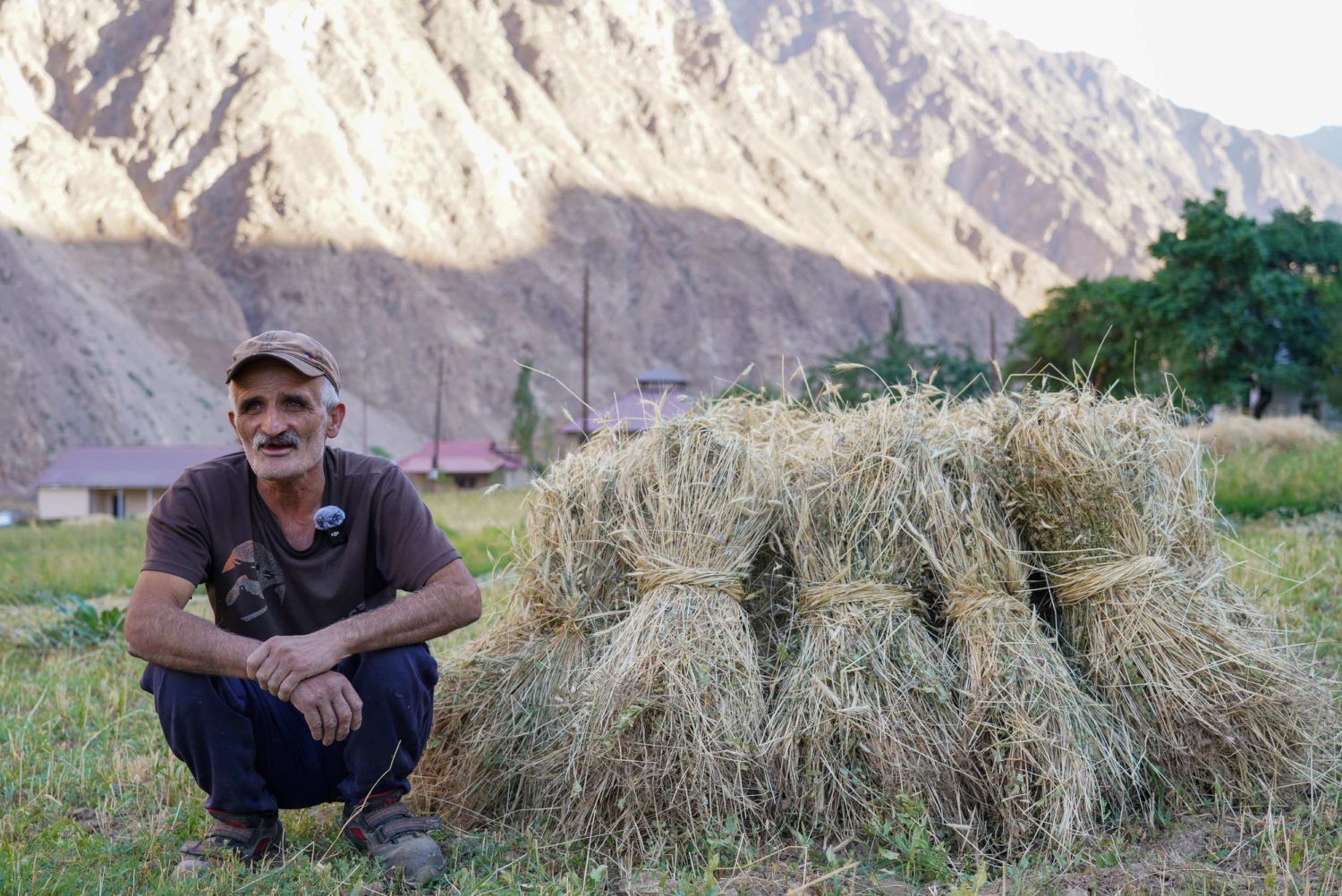High up in the harsh, dynamic mountains of Tajikistan, communities face some of the toughest challenges brought by environmental degradation. Unpredictable weather, limited arable land, and the erosion of traditional practices all threaten local food security.
But among these challenges, hope is taking root: community-based seed banks.
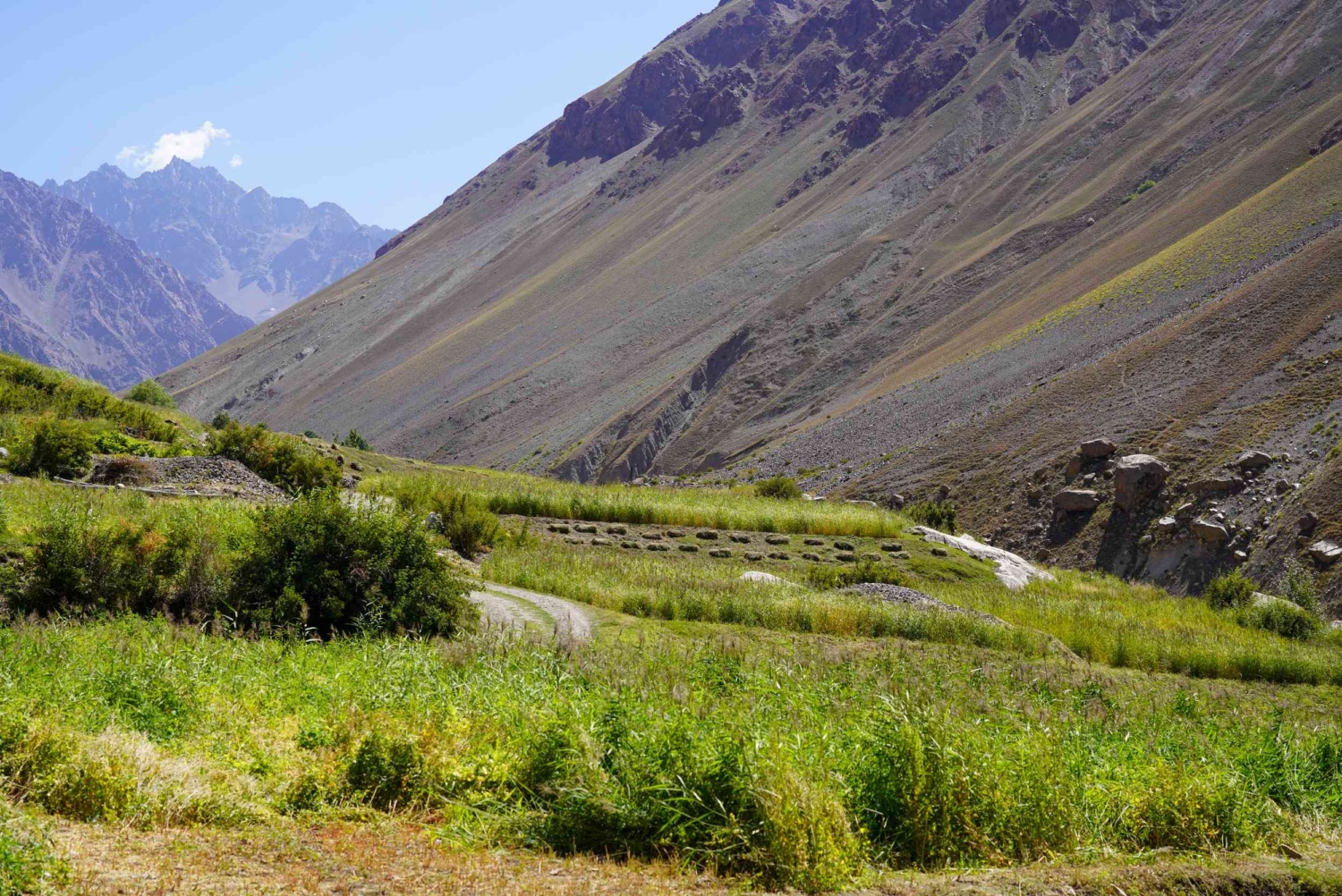
Why Seedbanks Matter
Seeds are more than just kernels for planting—they are the backbone of local livelihoods, traditions, and resilience. The primary purpose of seedbanks is to preserve the genetic diversity of plants, acting as a secure, long-term archive against threats like environmental degradation, natural disasters, pests, and disease. By safeguarding these seeds, communities ensure that future generations will have access to vital crops and resilient food systems.
For the mountain communities of the Pamirs, seedbanks also play another crucial role: they provide a safe place to store seeds, protecting them from risks such as rodents or poor storage conditions. Before these seedbanks, many families lost their seeds each year to mice or moisture. Now, they have reliable storage that keeps seeds secure and ready for the next planting season.
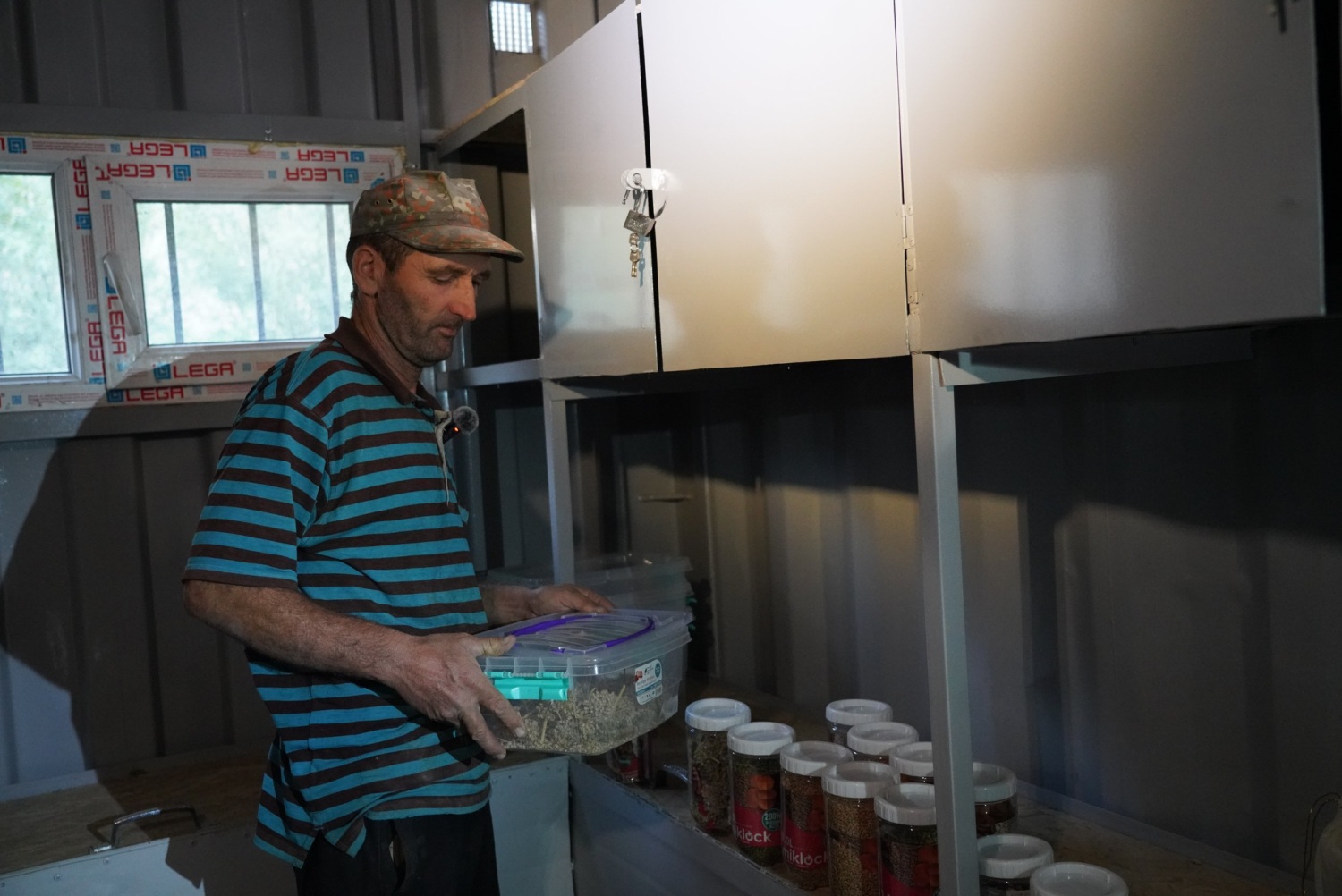
Building Community Resilience
With support from the Homeplanet Fund, more than 12 community seed banks have already been established across villages in the Pamirs, with plans for further expansion. Each seed bank represents the main crops grown in the region, allowing communities to:
- Back up vital seeds that are essential for their livelihoods
- Exchange seeds with neighboring villages, fostering solidarity and strengthening regional resilience
- Practice seed growing in new environments, helping crops adapt to changing conditions
This exchange system not only protects against loss but also encourages diversity in what families grow, which improves both food security and nutrition.
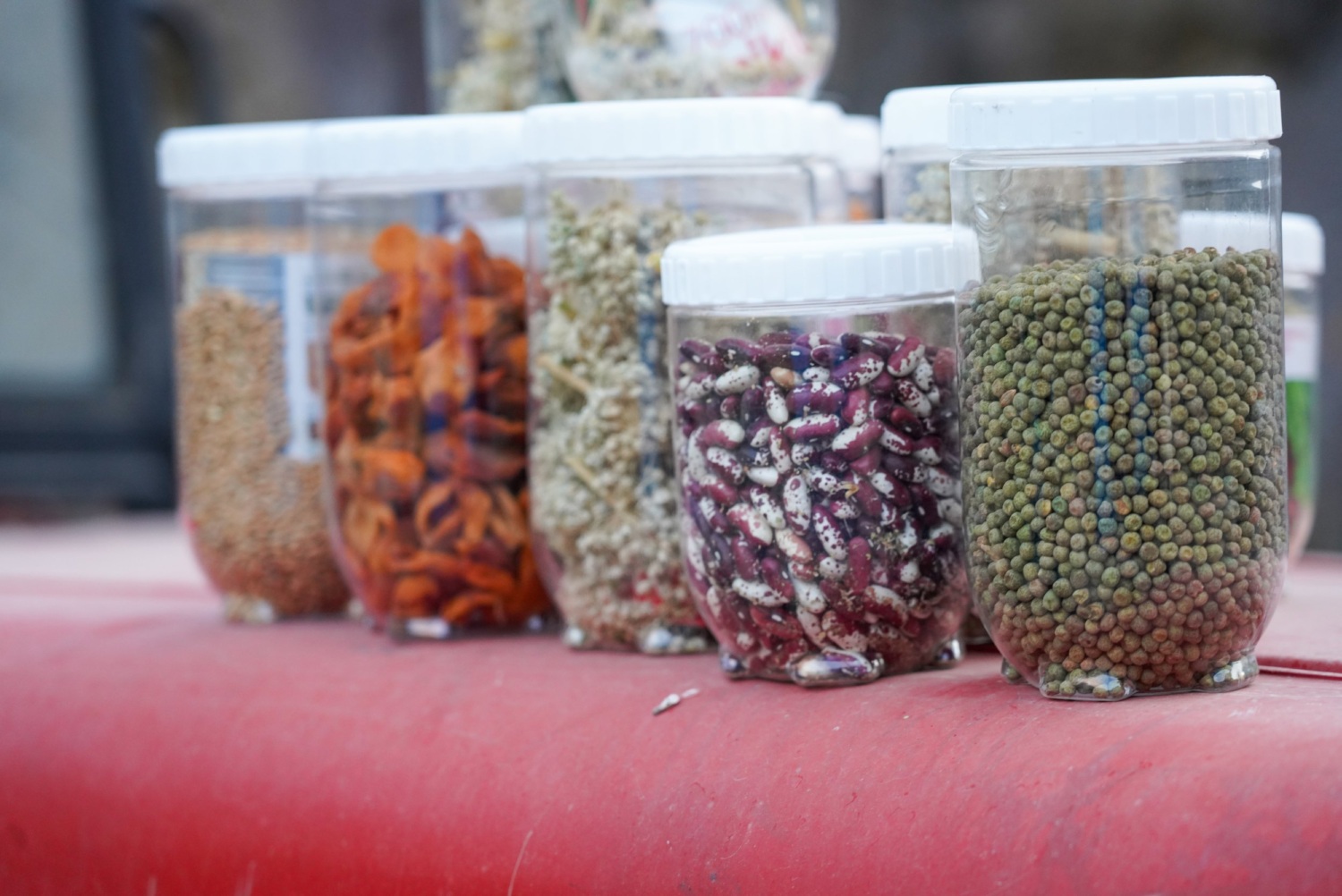
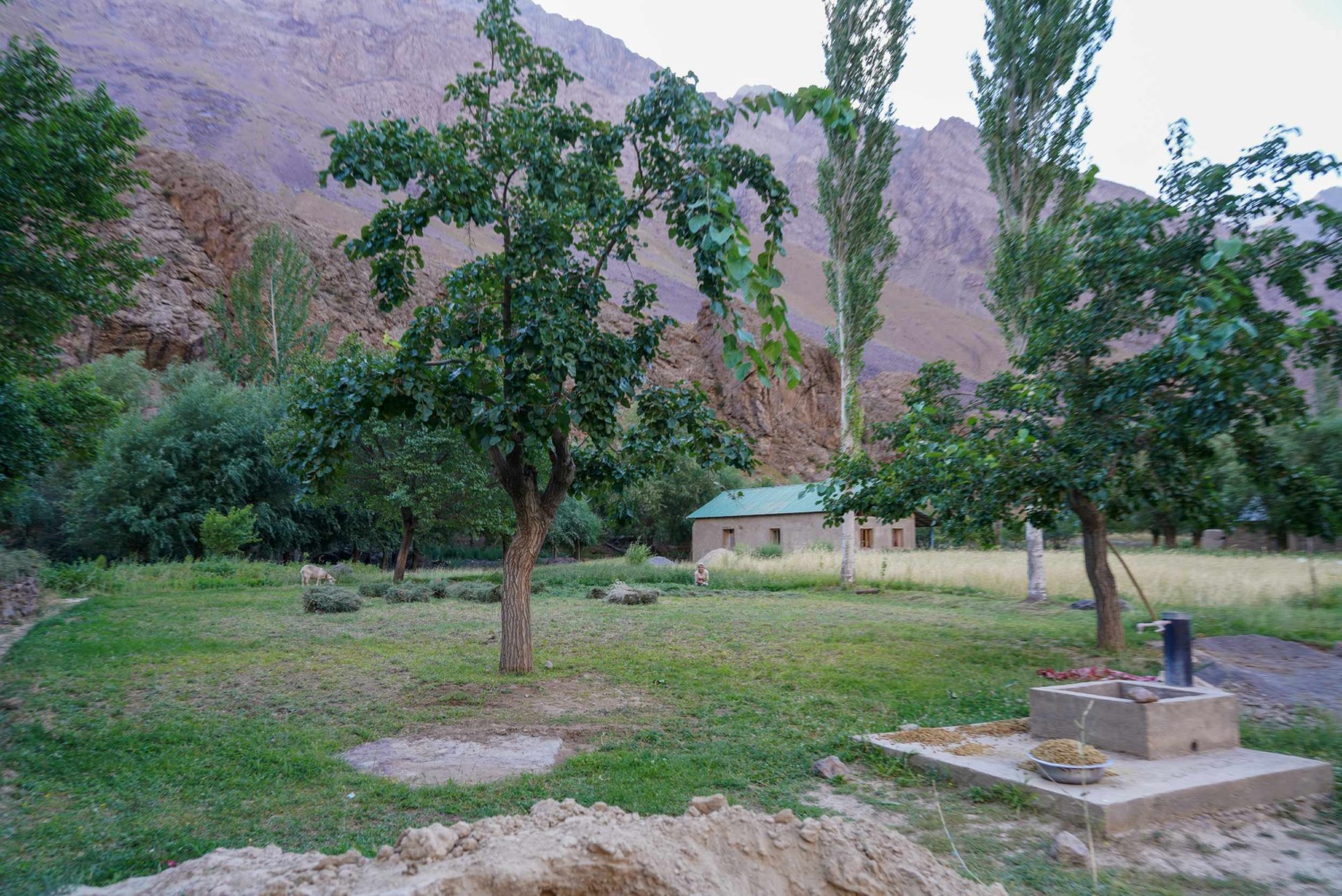
Knowledge, Tradition, and the Next Generation
One of the most inspiring outcomes has been the involvement of young people. Through the seedbanks, younger generations are learning the traditions of seed saving and conservation—knowledge that is often at risk of being lost.
Elders share their expertise while young farmers bring fresh energy and ideas, creating a living bridge between past and future.
This intergenerational transfer of knowledge strengthens cultural identity while building the capacity of communities to cope with future challenges. What once seemed like an old practice has now become a community-led environmental degradation adaptation strategy.
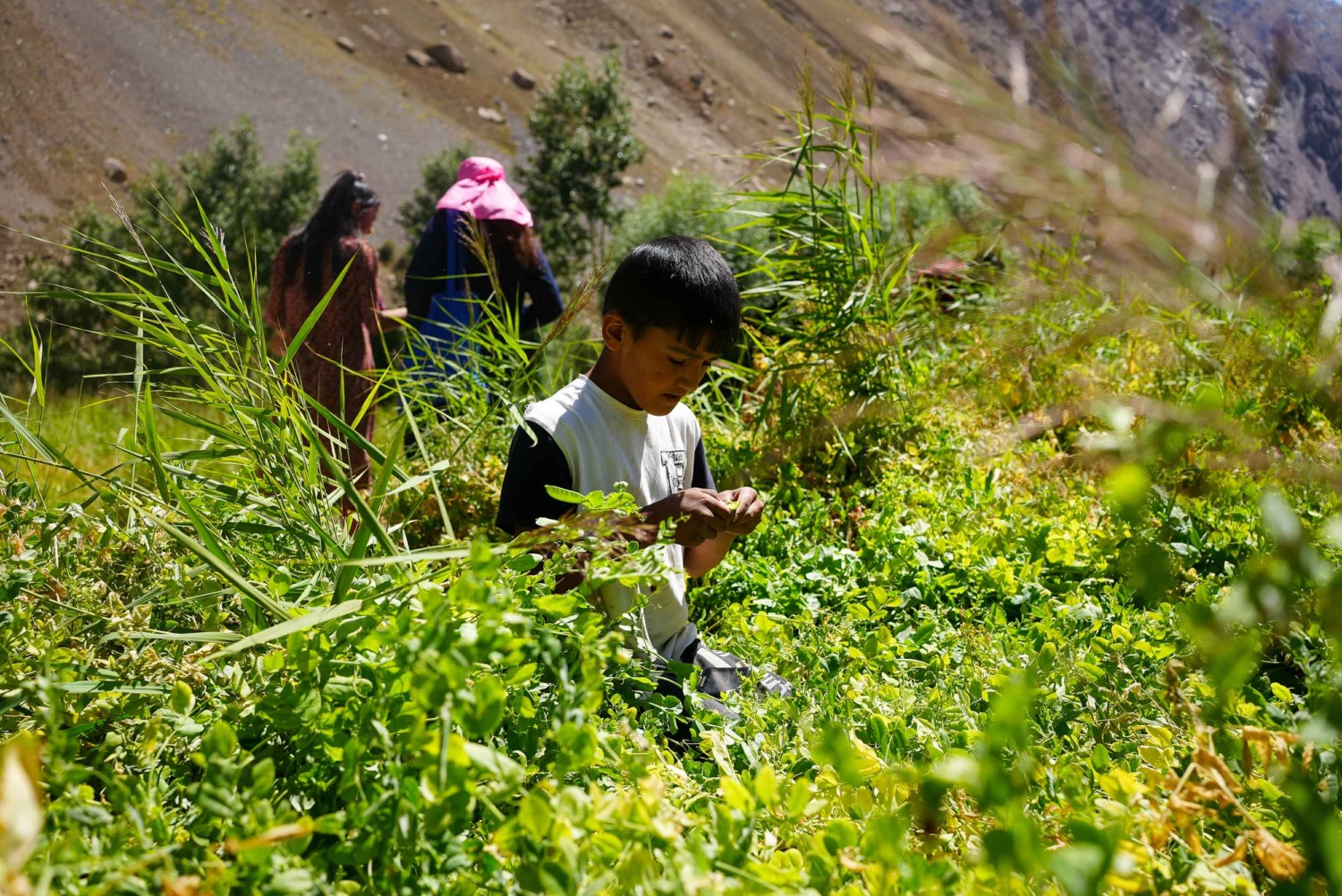
Beyond Seeds: Supporting Livelihoods
The seed banks are not only about conservation. Alongside them, communities are supported with livelihood activities that motivate and empower them to take ownership of seed conservation.
This holistic approach ensures that seedbanks are not isolated projects but part of a broader community strategy for resilience and sustainability.
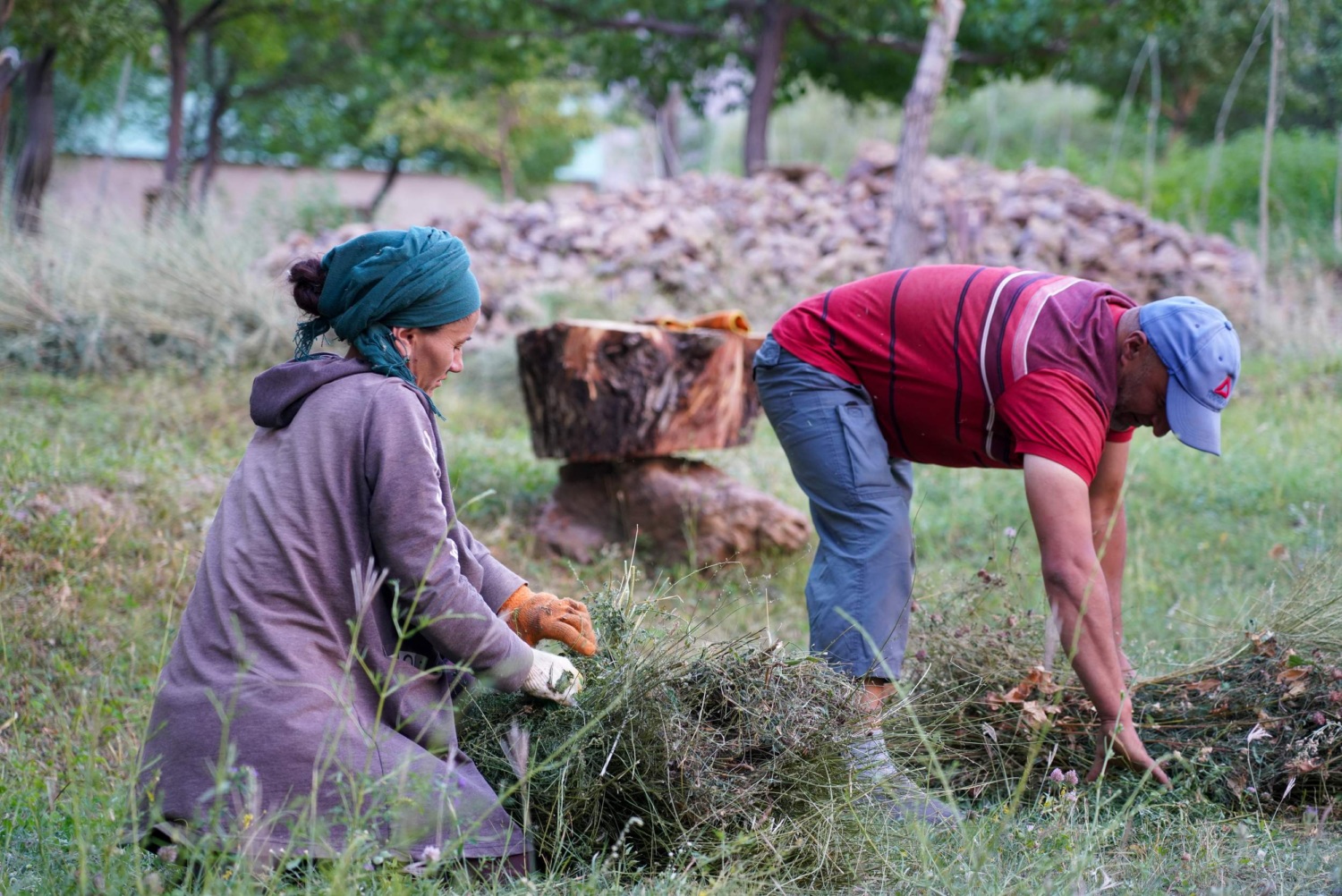
Looking Ahead
Since July 2024, when the first seed banks were allocated, families have expressed relief and happiness. With secure seed storage, they no longer worry about losing the foundation of their harvests.
Instead, they can focus on growing, exchanging, and experimenting—turning uncertainty into opportunity.
The work in Tajikistan shows that even in the most challenging environments, communities can come together to safeguard their future. Seed banks are more than storage rooms; they are symbols of resilience, cooperation, and hope.
By protecting seeds today, these mountain communities are planting the promise of tomorrow.
